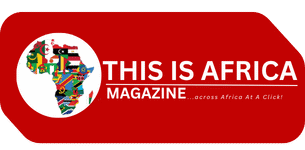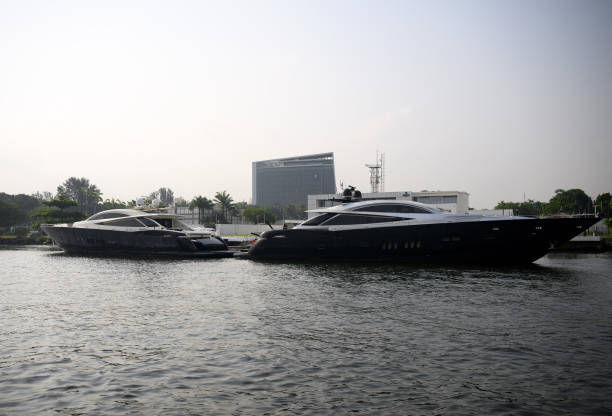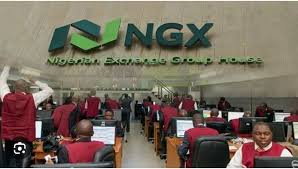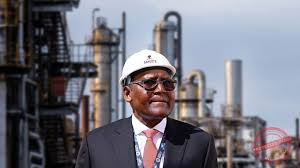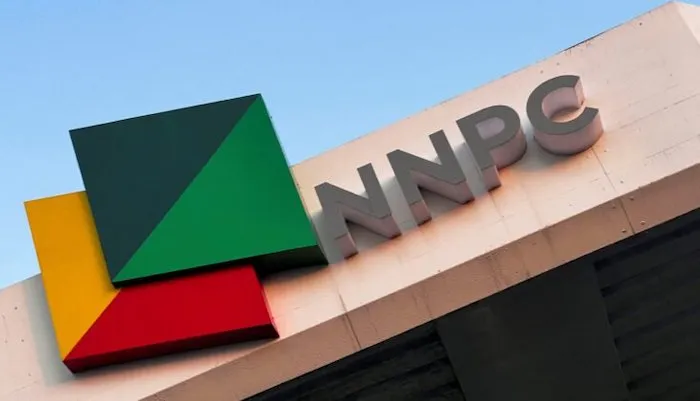If you’ve ever boarded a boat on the Lagos Lagoon and held your breath a little longer than usual, you’re not alone — and now, there’s evidence to justify that fear.
A fresh internal report from the Lagos State Waterways Authority (LASWA) has exposed a troubling reality: only 118 out of 729 passenger boats plying the busy waterways of Lagos meet the expected safety and operational standards. That’s barely one in every six boats deemed fit for public transport. The remaining 611? Sub-standard.
Let that sink in.
According to the LASWA document titled “INTERFERRY PRESENTATION,” these statistics are not just numbers — they represent daily risks for thousands of Lagos commuters who rely on boats to escape the chaos of gridlocked roads. Of the 118 compliant boats, 36 are run by the state-owned Lagos Ferry Services (LAGFERRY), while the rest belong to private operators.
It’s a damning indication that a large chunk of the private water transport sector is navigating murky waters, quite literally. From rickety engines to poor life jacket enforcement, the report suggests that many of these boats shouldn’t be anywhere near a passenger, let alone ferrying dozens daily.
For a city aiming to become a “21st-century smart mega-city,” that’s a leaky hole in the plan.
Omi Eko to the Rescue?
But all hope is not lost. In response, LASWA is partnering with the French Development Agency (Agence Française de Développement, or AFD) to implement a sweeping project called WIDE-LAG – Waterways Investment and Development of the Environment in Lagos State.
If that sounds long, just call it by its newer, catchier name: “Omi Eko.”
The Omi Eko project — omi meaning “water” in Yoruba — aims to do more than just plug the holes. It’s designed to transform Lagos waterways into safe, eco-friendly, and efficient transit routes that can rival the city’s traditional road transport.
Running from 2023 to 2030, Omi Eko supports Lagos State’s broader Climate Action Plan and wants to promote cleaner, greener travel options. But even more importantly for residents, it promises safer boats and better infrastructure.
Big dreams come with big price tags. According to LASWA’s document, the project will cost an estimated €410 million. Here’s how the money breaks down:
-
€130 million – French Development Agency (AFD)
-
€170 million – European Investment Bank (EIB)
-
€60 million – European Union
-
€40 million – Lagos State Government
-
€10 million – Private investors
It’s a massive collaboration involving international development banks, EU institutions, and state authorities — all pouring funds into Lagos’ aquatic lifeline.
For Lagos residents, the Omi Eko project can’t come fast enough. With over 20 million people and counting, traffic in Nigeria’s commercial capital is no joke. Boats offer a way out — but only if they’re safe, reliable, and properly managed.
Too often, news headlines scream of boat mishaps, capsizings, and avoidable deaths on the waterways. LASWA’s latest figures confirm what many suspected: there’s a crisis hiding beneath the waves.
The Omi Eko initiative could be a game-changer — or just another file in the government archive if execution falters. But for now, it gives a glimmer of hope that someday soon, Lagosians won’t have to choose between being stuck in traffic and sailing in fear.
Because in this city, nobody wants to swim home because the boat gave up halfway.
BOTTOM LINE: Until the boats improve, it’s not just the engines that are sub-standard — it’s the system. And in Lagos, that’s a risk the people can’t afford to keep taking.
